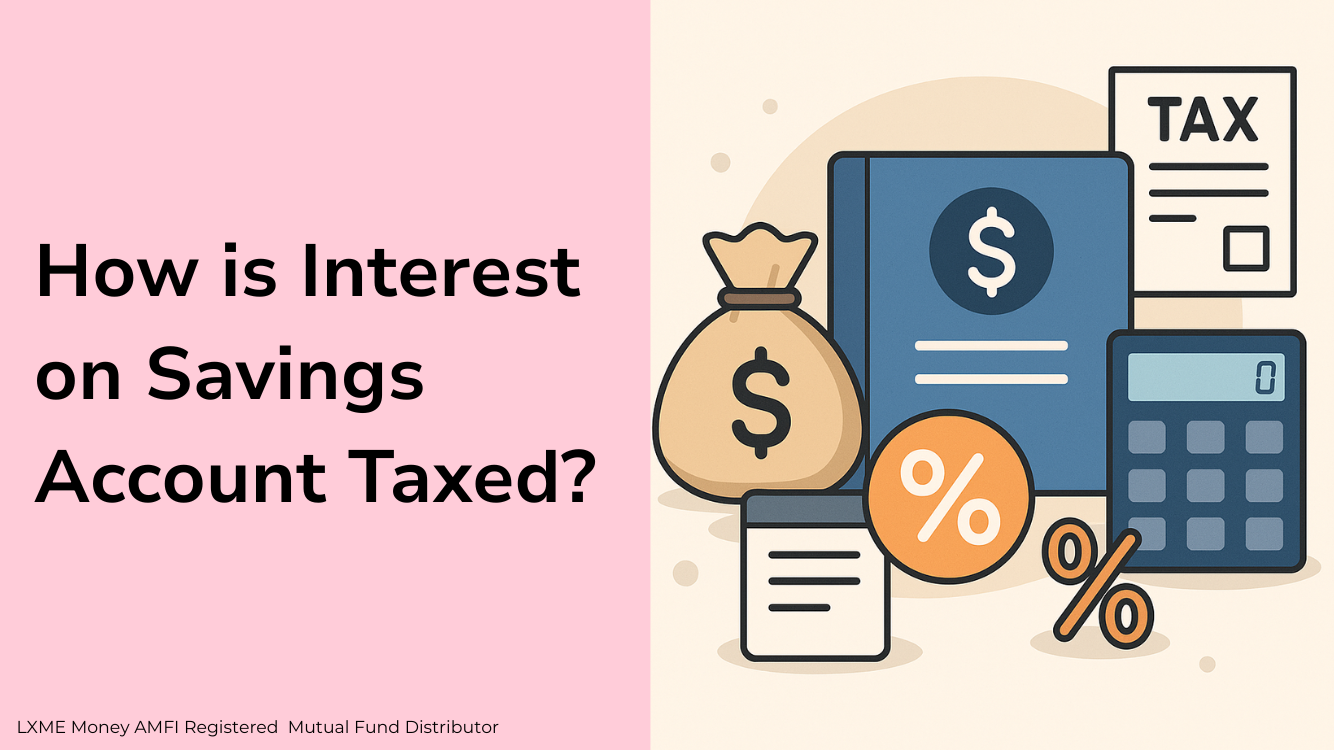Income Tax was first introduced in India on 24th July, 1860. 150 years down, the government decided to celebrate it as ‘Income Tax Day’ to spread awareness about the income deduction.
So why does the government take away anywhere between 5% to 30% of our income? And why do you feel like you are being penalised for being an honest, earning citizen of this country?
Majority loses
The total income tax collected from the entire country goes into the Consolidated Fund of India [1]. This one is the true bank of India. From the 29 states and seven union territories of India, a little over half (53%) of the income tax comes from just two states – Maharashtra (39.9%) and Delhi NCR (13.1%) [2]. From all the 80.27 million tax payers [3] (about 4% of India’s total population) only a little over 10 lakh people who earn above 10 lakh INR even tell the government that they earn that much. And of all the taxpayers in the country, only three Indians pay upwards of 100 crore INR each year as income tax. A whopping 85% [4] of those who file their taxes contribute less than Rs 1.5 lakh per annum.
Let’s get defensive
About 274.9 Cr INR of the total tax collected is devoted to defending the country’s safety. Goggling already? This is not the government’s only spending towards the armed forces. Consider some facts, though: our total military strength is about 18,66,351 people. [5] Technology, weaponry, armour, and intelligence including tanks, ships, submarines, aircraft, weapons systems, satellite systems, etc. all have a cost attached. Ladies, can you imagine how expensive war would be?
Park that thought
The park where you jog each morning, or the road on which you commute to and from work each day is a direct result of the money you give to the government. So the next time a corporator throws her or his weight around as a power centre in your locality, gladly push them into the open manhole!
Be well & learn well
Government hospitals, despite their notorious reputation for low standards, are surprisingly well equipped thanks to the money we pay in taxes. The reason some of the most prestigious educational institutions of this country are still run by the government speaks volumes. University educationists are also a breed of babus at the end of the day! Not just premier institutions, most UGC-certified universities are also run with tax payers’ money. The government also uses tax money to fund the national literacy programme. So the next time you see India’s global rankings in literacy climb a notch, you can give yourself a little pat on your back for playing your part.
Fuelling growth
Whether it is to nourish you, or help you get from one place to another, water, food and petrochemical fuel are bare necessities. The government subsidises irrigation facilities in rural areas, fresh produce & Midday Meals for municipal school kids, and fuel prices with money collected in taxes.
Helping growth inside and outside
Everyone needs funding to grow. Our villages, and our various state governments are not indifferent to this fact. The government also allocates some part of the funds collected from tax-payers to help other nations. To complain about taxes is natural. Making money seems as great a problem as not making money. But consider even some of these spends of our taxes and perhaps then you’ll wake up to the fact that end of the month is the deadline for filing your tax returns!!












